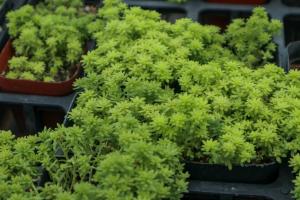Change Basin
1. Before changing the pot, remember to cut off the water for 1 week, so that the soil can be separated from the flower pot
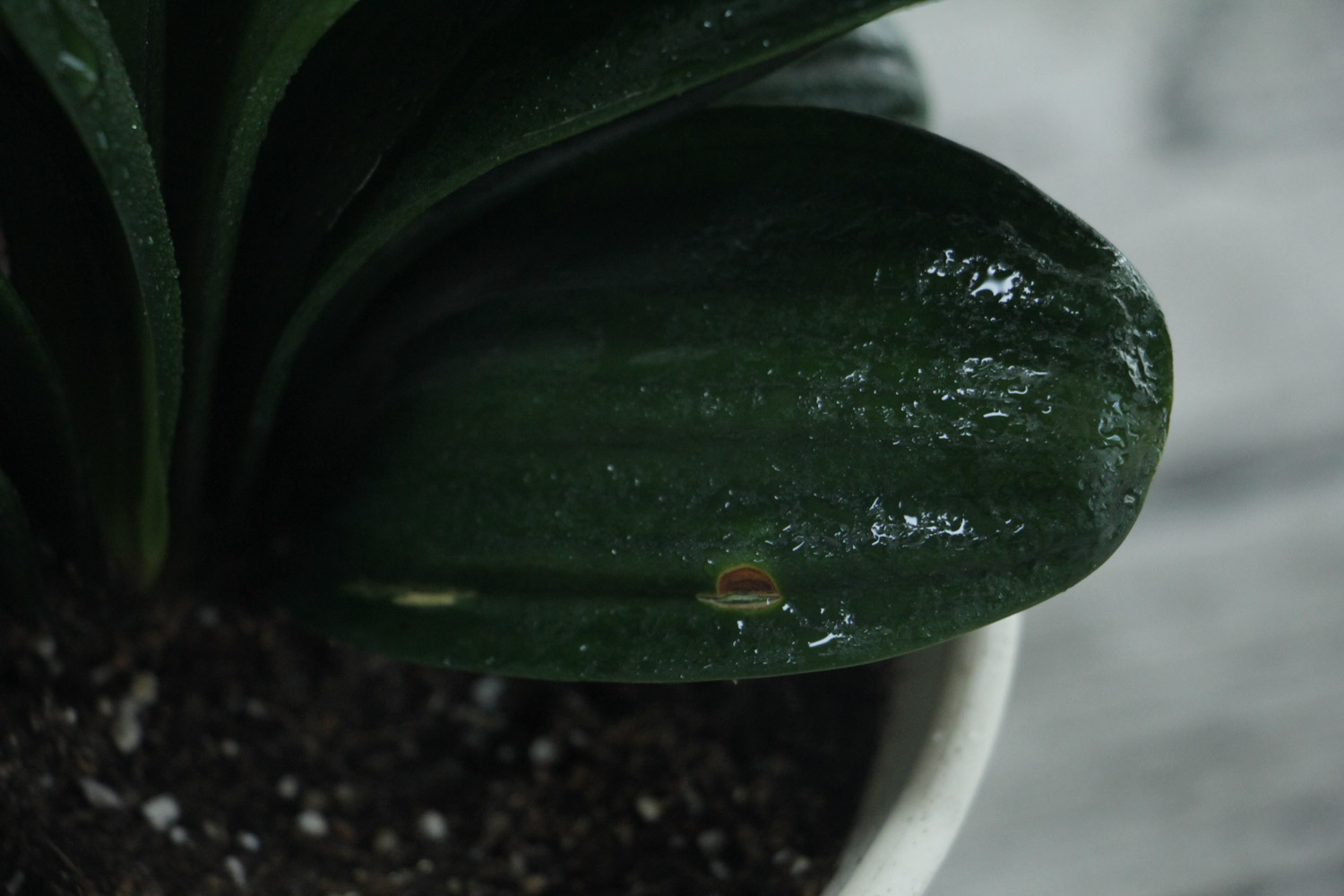
2. Pay attention when taking out the Clivia. You can hold the bulb of the Clivia with one hand and turn the flowerpot with the other hand to take out the Clivia
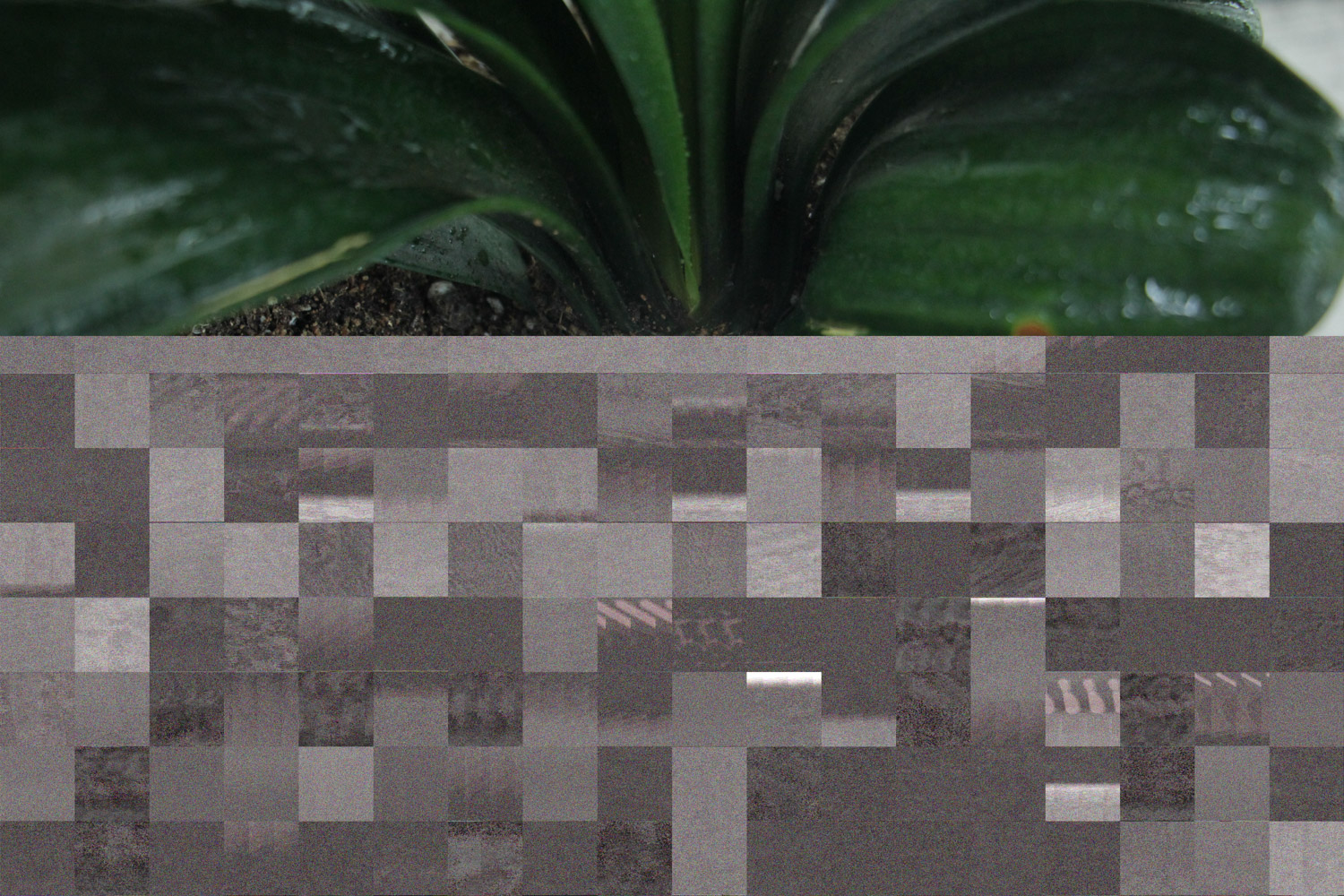
3. Gently pat the soil mass, first pat off some of the more sent soil, and then rinse the roots of Clivia with water
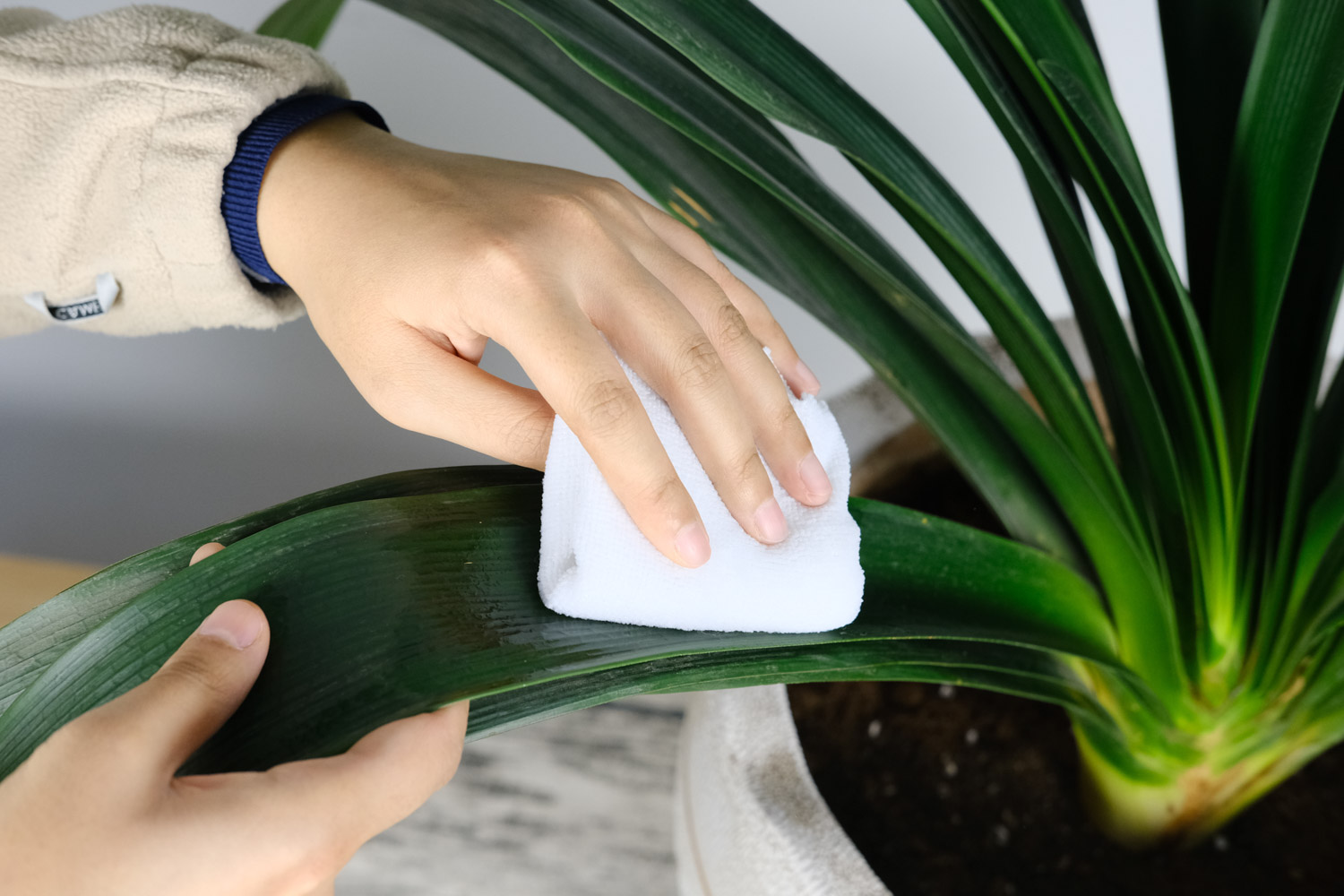
4. Observe the root system and remove the old root, withered root and blackened root system
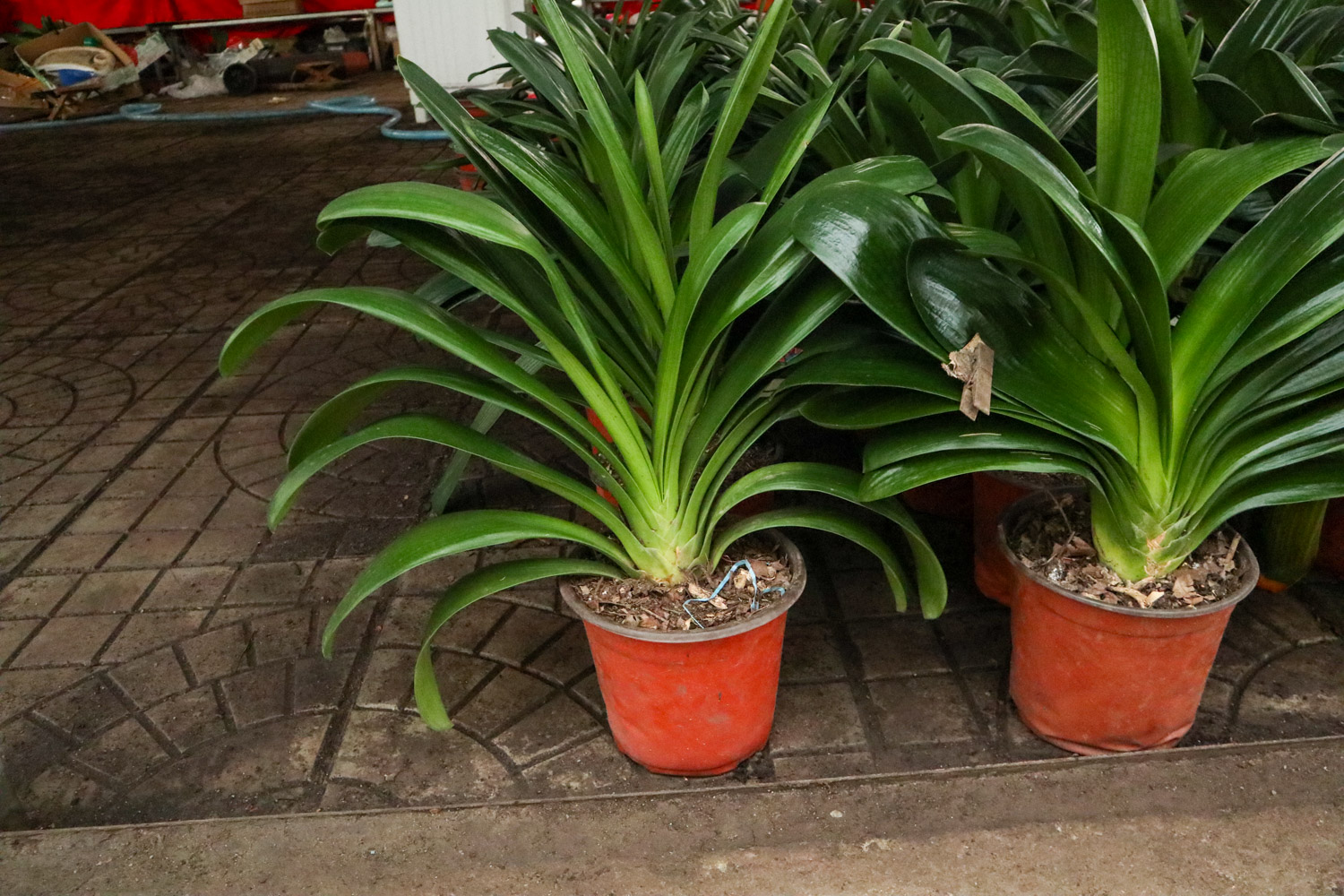
5. Soak the root in carbendazim solution for half an hour and then take it out to dry in the shade
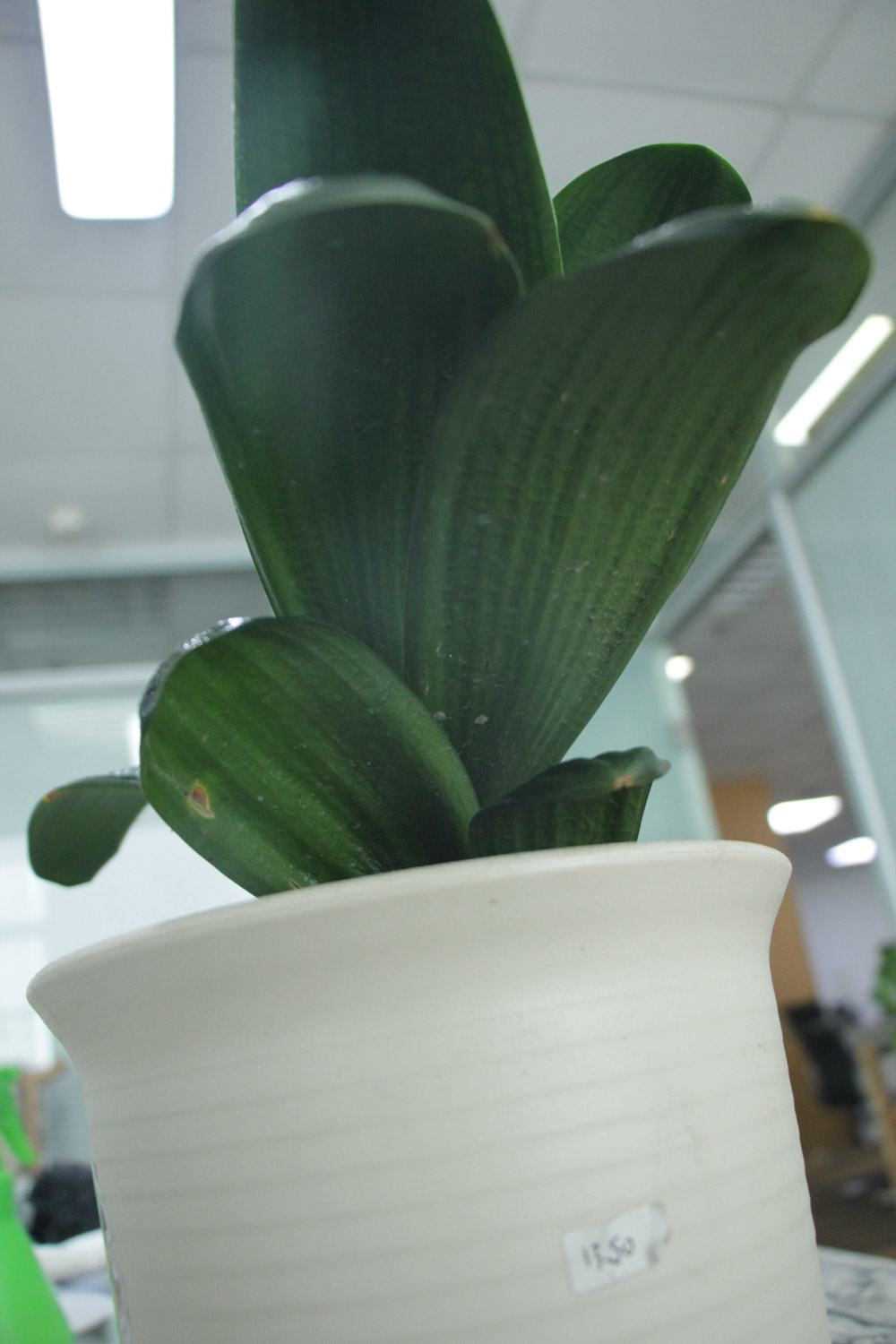
6. Configure the soil, don't ignore this step. If the soil is well prepared, raising Clivia will be twice as effective as half the effort! The suitable proportion is 5 parts of pastoral soil, 3 parts of rotten leaf soil and 2 parts of river sand
At the same time, bury some melon seeds and slow-release fertilizer at the bottom of the flowerpot as the base fertilizer. Cover a layer of 3 ~ 5cm soil on it to avoid direct root contact with the soil
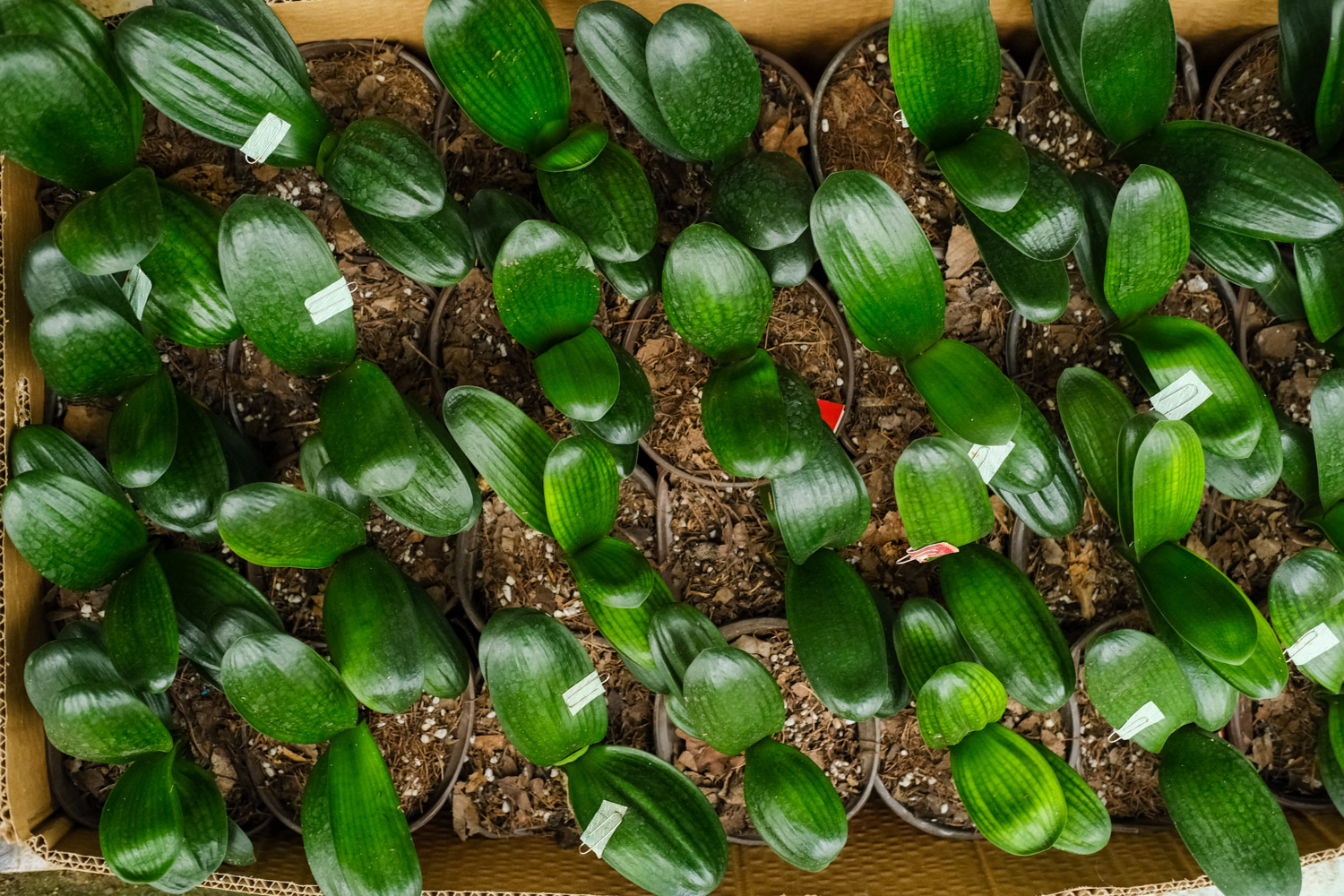
7. Before putting it into the pot, fill the middle part of the root system of Clivia with soil, and then put it into the pot. Pay attention to beating the flowerpot while filling the soil to avoid gaps in the middle
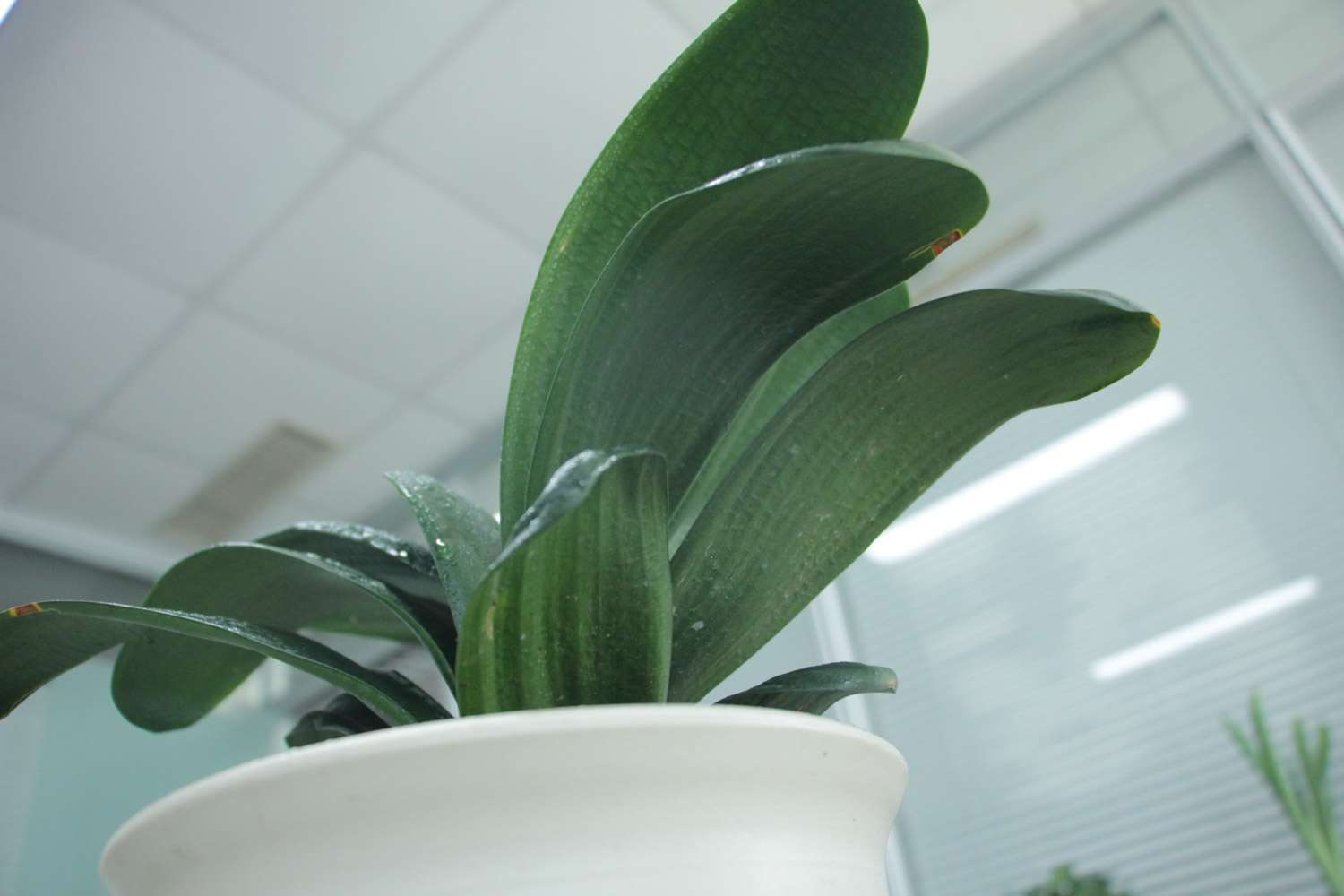
8. Pour water through it, put it in a cool and ventilated place for 1 ~ 2 days, and then take it out to bask in the sun
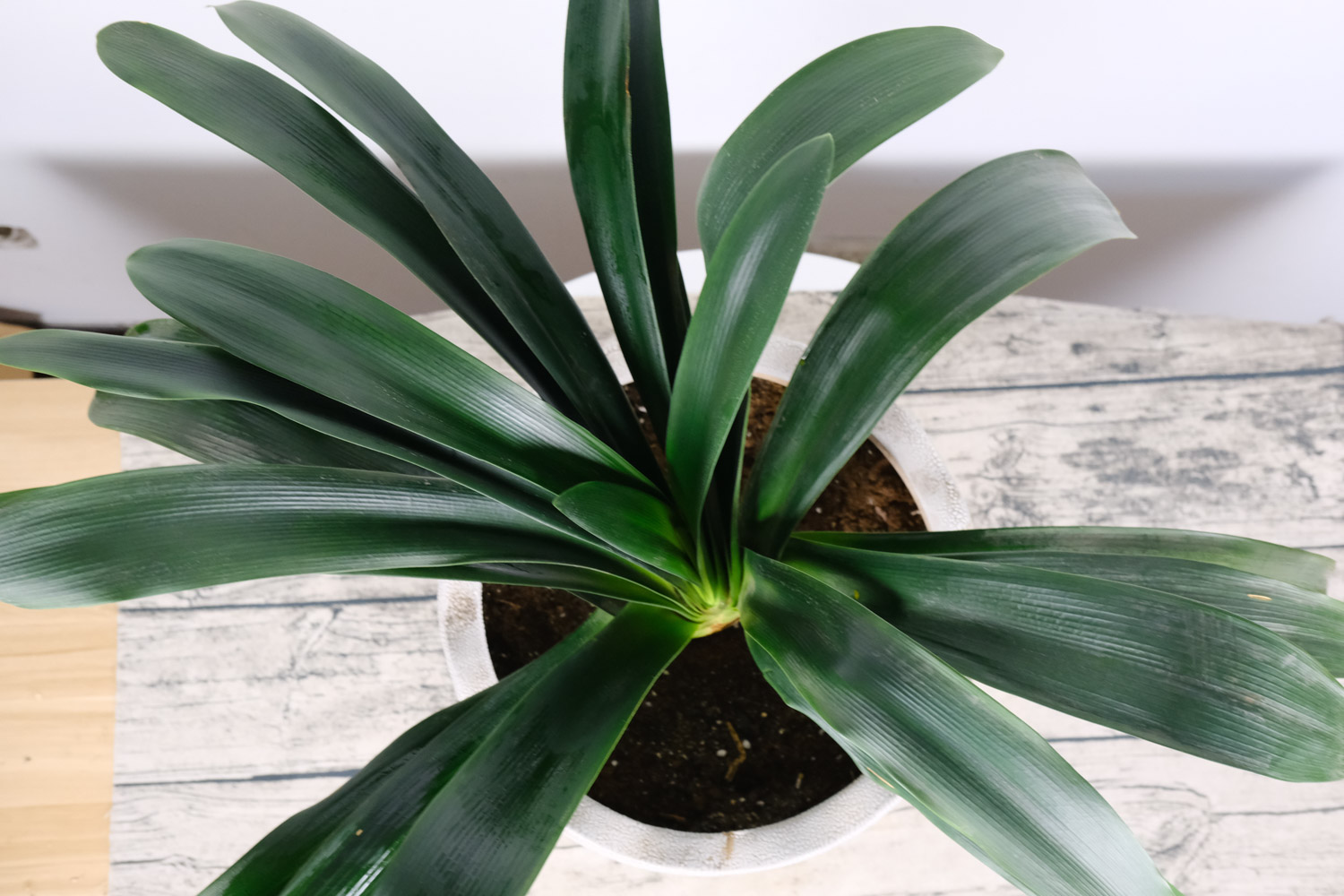
Fertilization
1 liquid fertilizer
1. Topdressing should be carried out after slowing the root. Remember not to apply fertilizer immediately after changing the pot
You can use bean cake, hemp seed cake, peanut cake, sunflower seed, large and small hemp seed, etc. after the powder is extracted, soak it in water for fermentation. The best time is more than 1 year, the longer the better
When using, take out the upper liquid, configure it according to the ratio of 1:50, and then irrigate the root, about once every 7 ~ 10 days
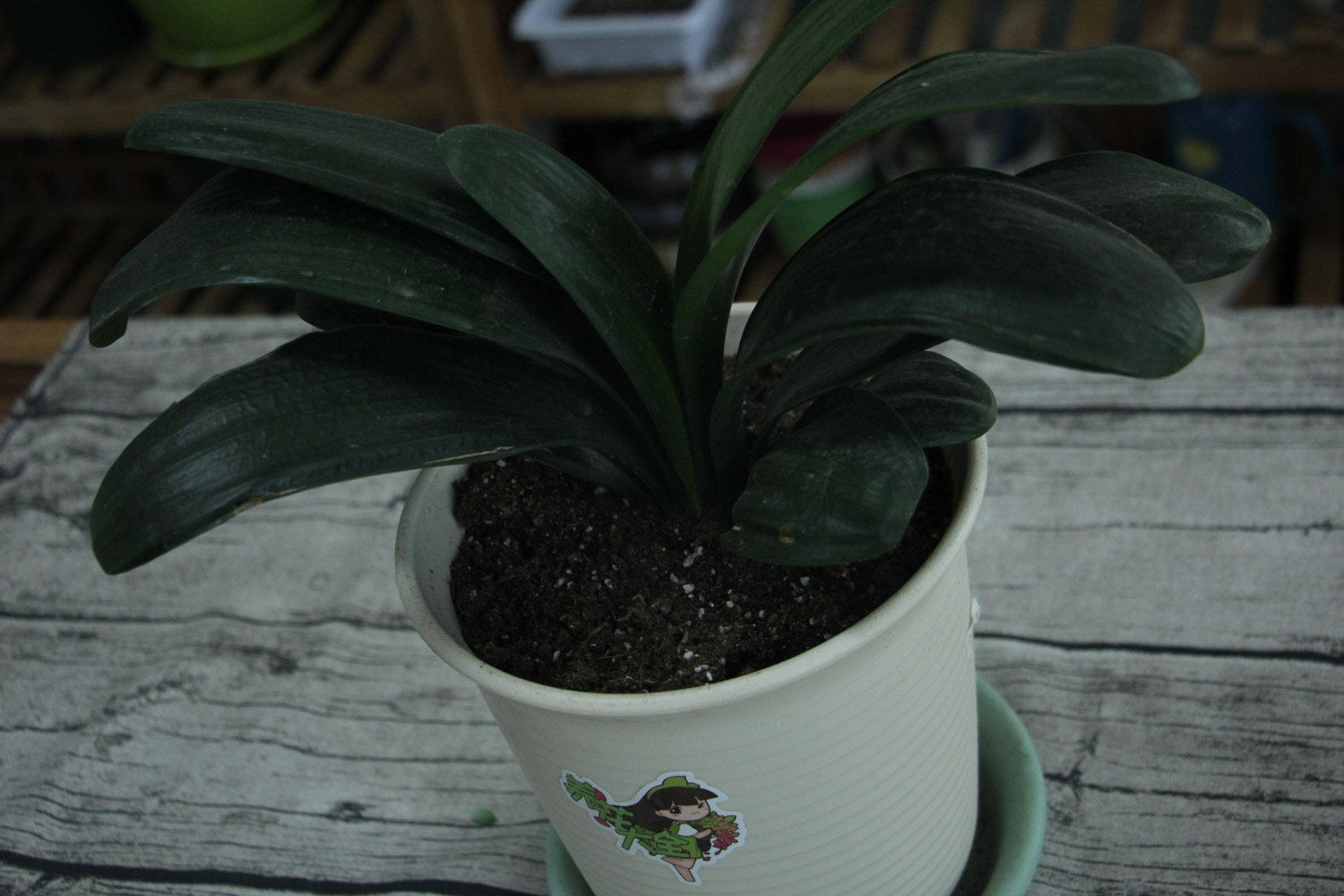
2. The scales, fins, bones and heads of freshwater fish, such as carp and crucian carp, are soaked in water, but they can only be used after complete fermentation. This self-made flower fertilizer is rich in phosphorus and potassium fertilizer, which can make Clivia bloom more
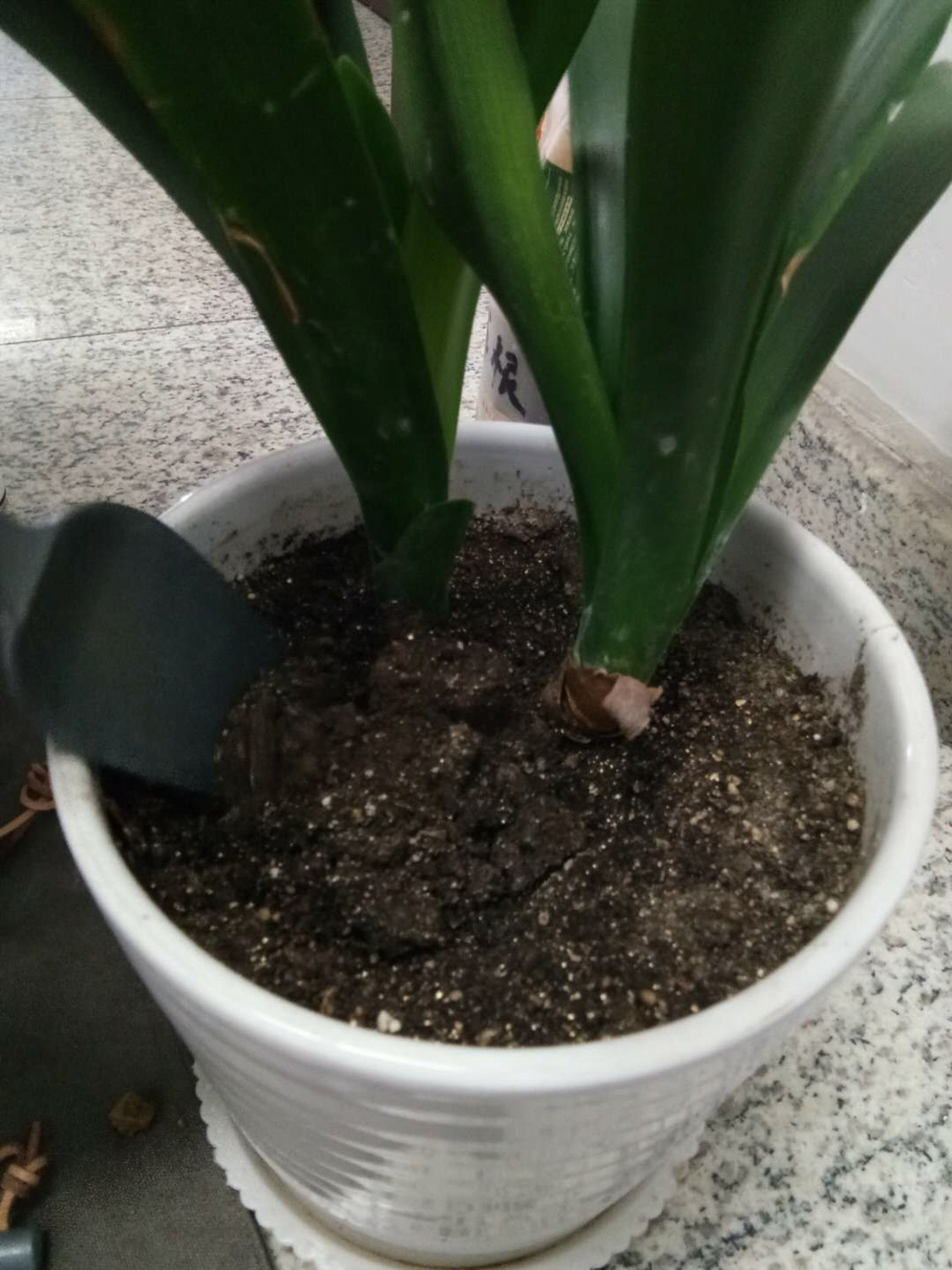
3. It can also be fermented by soaking in water such as animal blood and bones
Note: liquid fertilizer must be fully fermented. Liquid fertilizer without full fermentation usually stinks and has the risk of root burning. It is recommended to use liquid fertilizer that has been fermented for more than 1 year at least
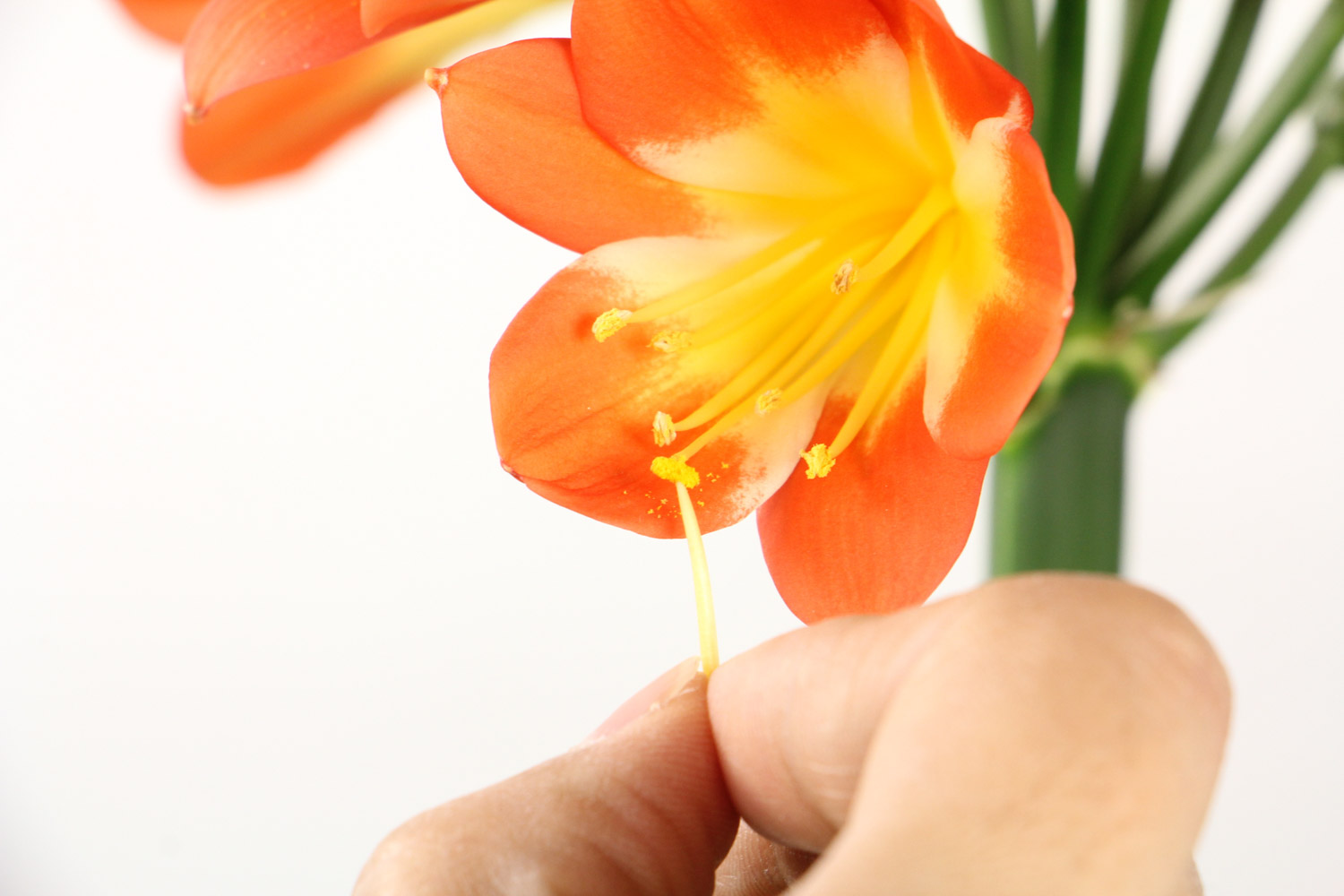
2 solid fertilizer
1. Hemp seeds (Castor seeds), small hemp seeds, sunflower seeds, sesame seeds, etc. should be used after frying. It is recommended to bury it in the bottom of the basin when changing the basin
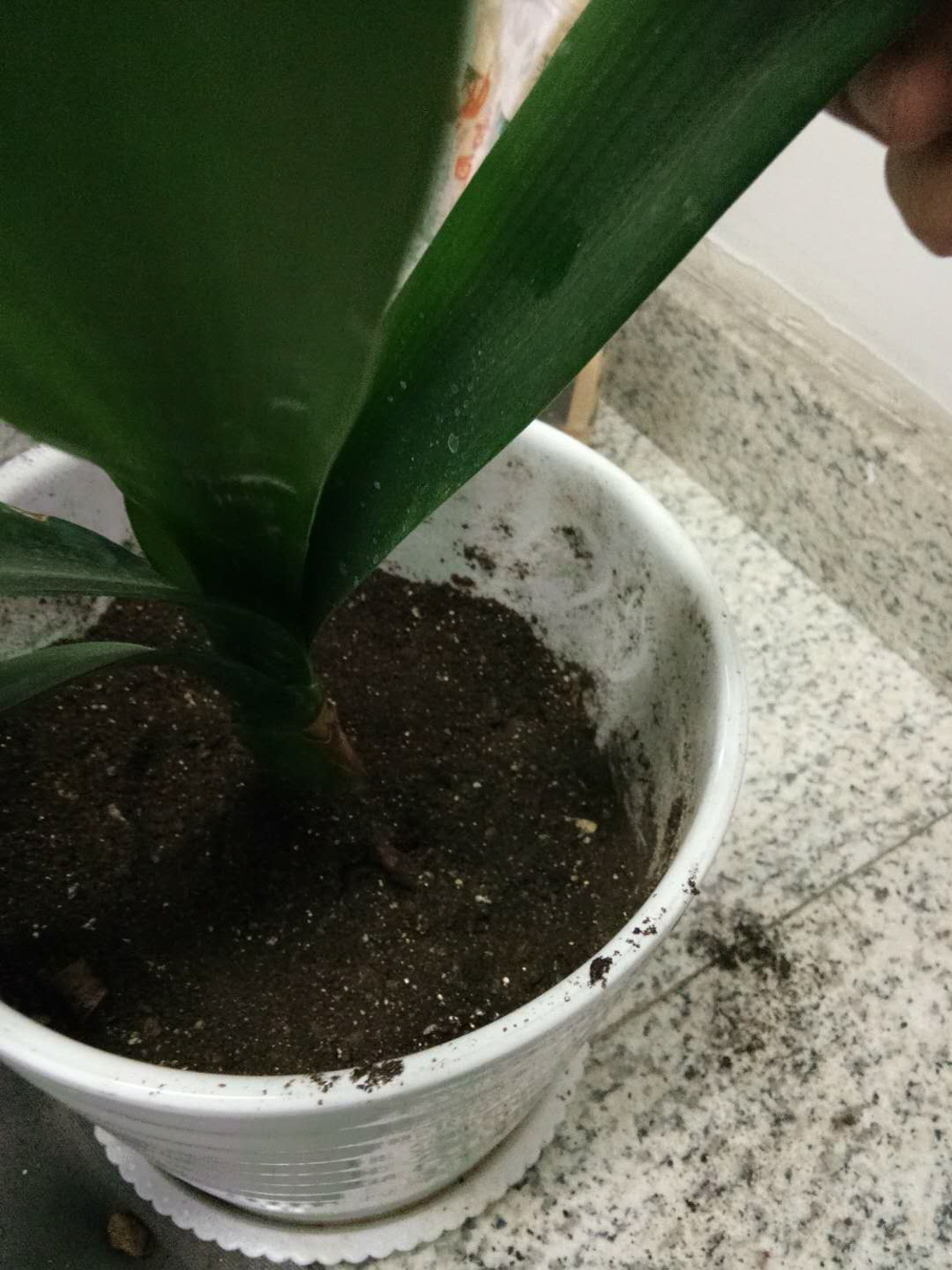
2. Fertilizer formed after complete fermentation of animal manure such as chicken manure. When topdressing, you can dig a small hole near the basin wall of Clivia and bury it
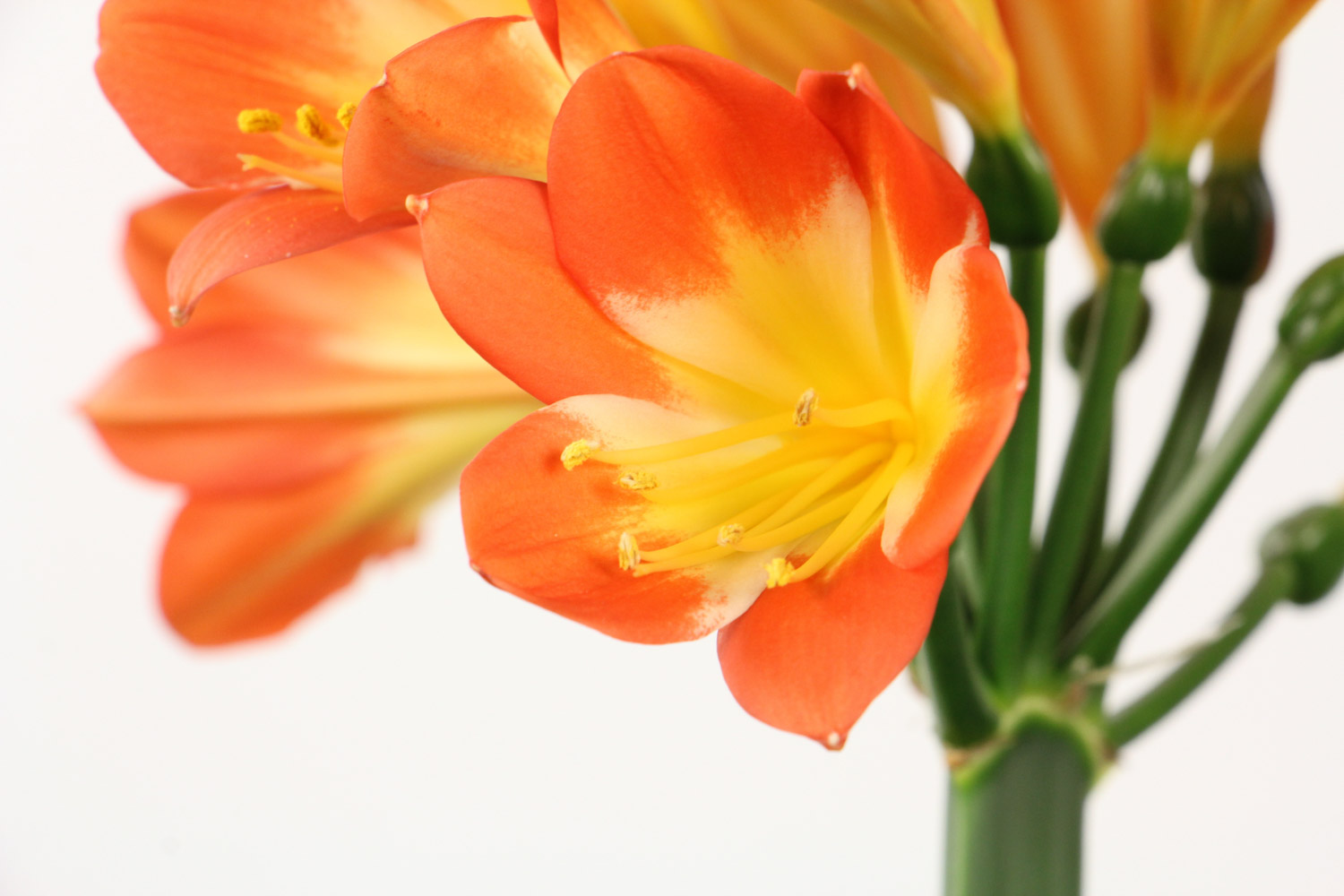
3. Animal blood powder and animal bone powder can only be used after drying and crushing or roasting and crushing. It can be used as a small hole for potting and can also be used as a small hole for chasing fertilizer
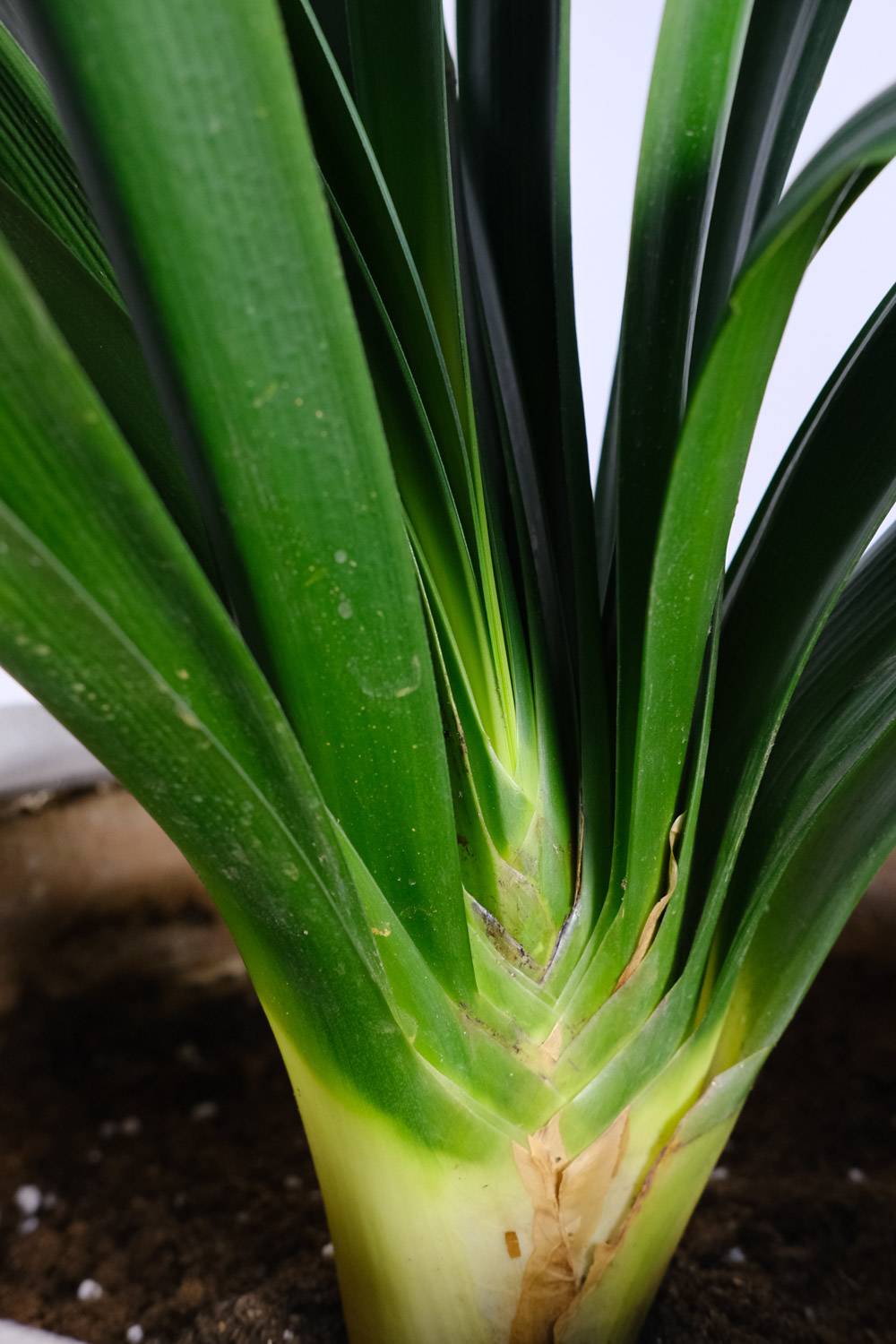
Illumination
Clivia has been maintained in the shade all summer, but with the decrease of temperature, Clivia has begun to wake up from dormancy, so the light at this time becomes very important
Put the Clivia on the Nanyang terrace separated by glass, not only the light is sufficient, but also the glass can isolate ultraviolet rays, so that the Clivia can not be burned
At the same time, rotate the Clivia 180 degrees every week to avoid the leaves of the Clivia becoming scattered
Watering
The watering of Clivia should also be gradually increased. In summer, it is about once a week. Now, the watering interval can be gradually reduced and can be slowly increased to once in about 5 days
For those who use tap water at home, before watering each time, put the tap water in an unobstructed place and let it stand for 2 ~ 3 hours to remove the chlorine in the water
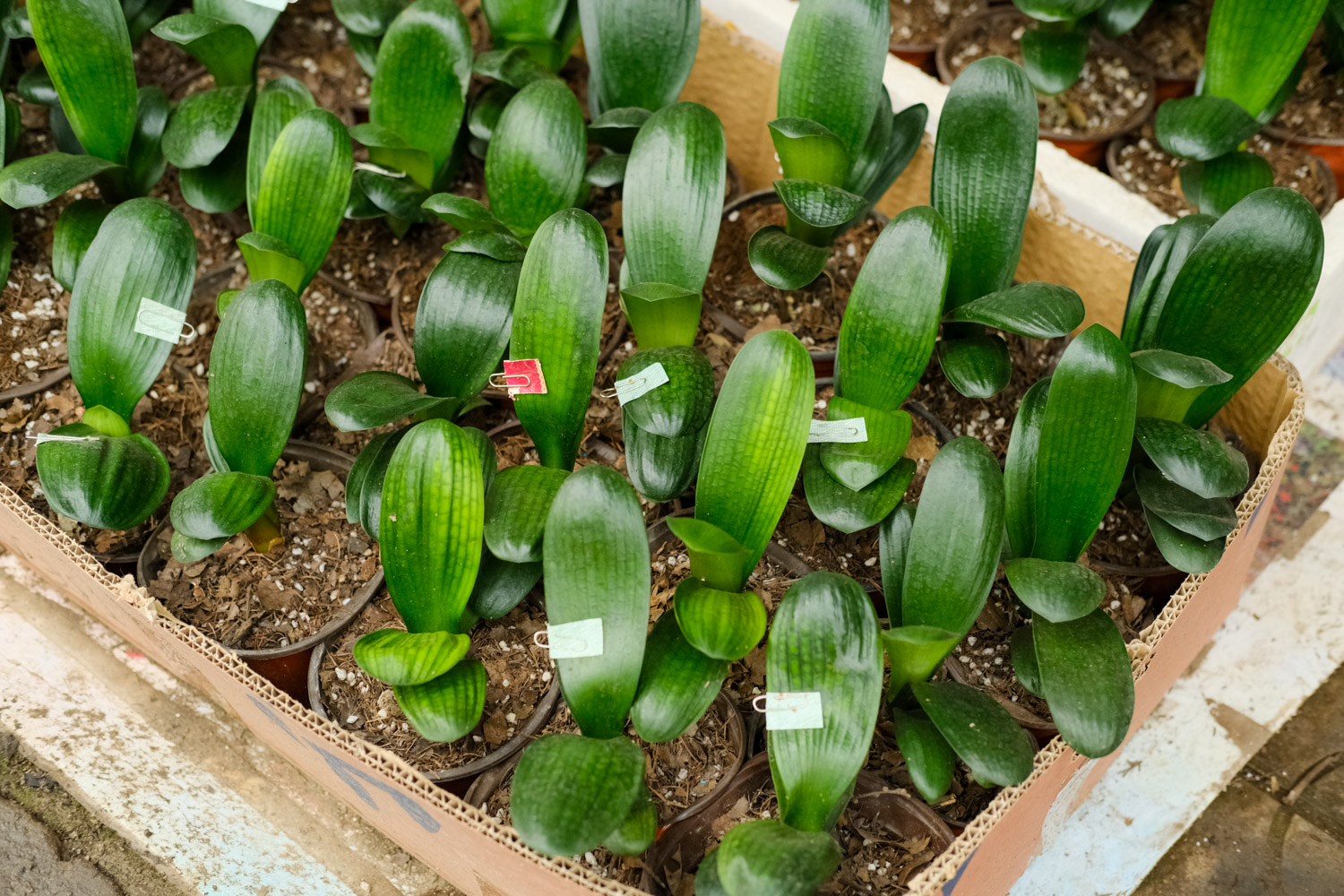
Ramet
Mature Clivia sprouts at the rhizome almost every year. Flower friends can separate these buds when changing pots for Clivia in spring, and it will be a new flower in a few days
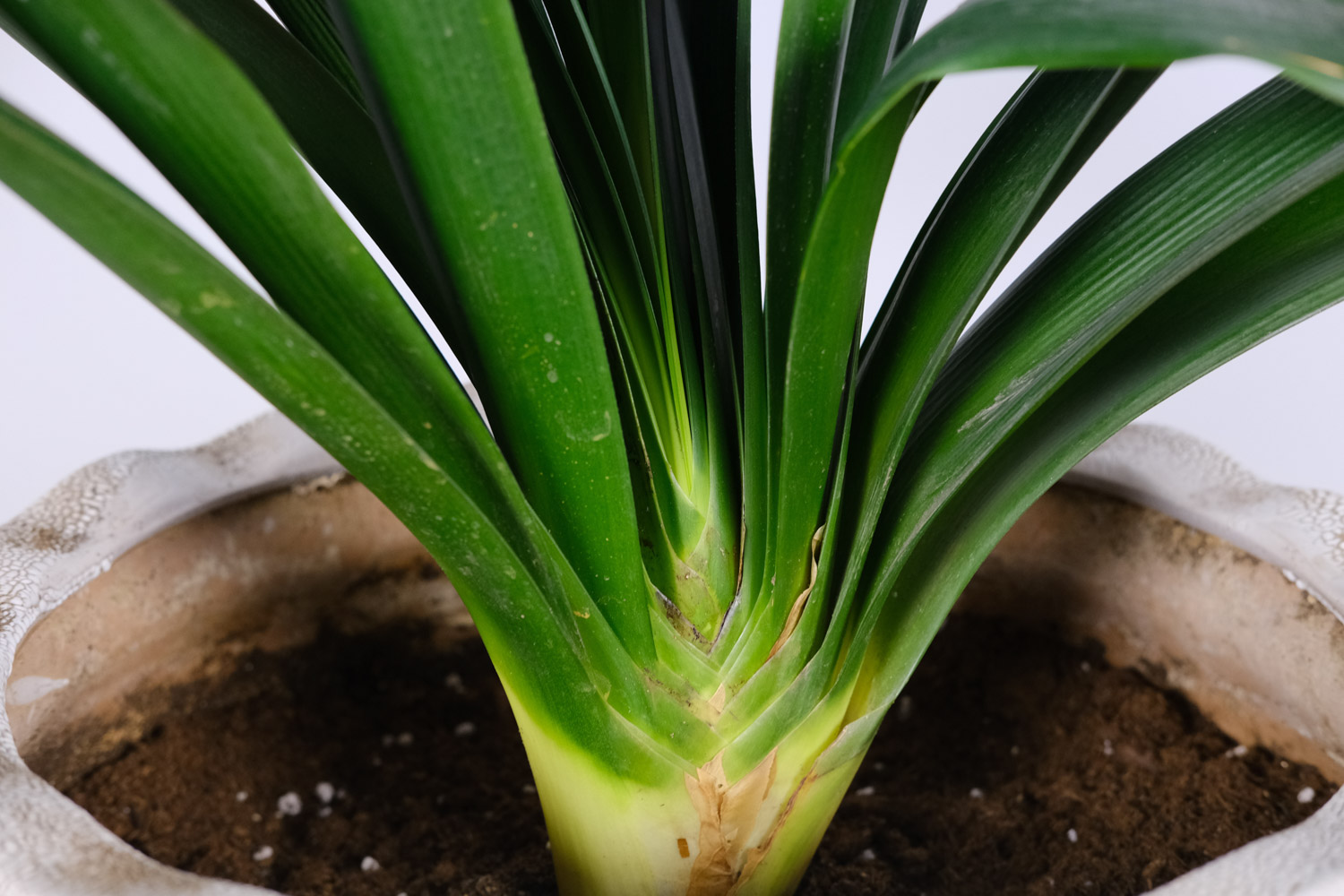
1. Take the Clivia out of the basin and pay attention not to use too much force to avoid damaging the root system
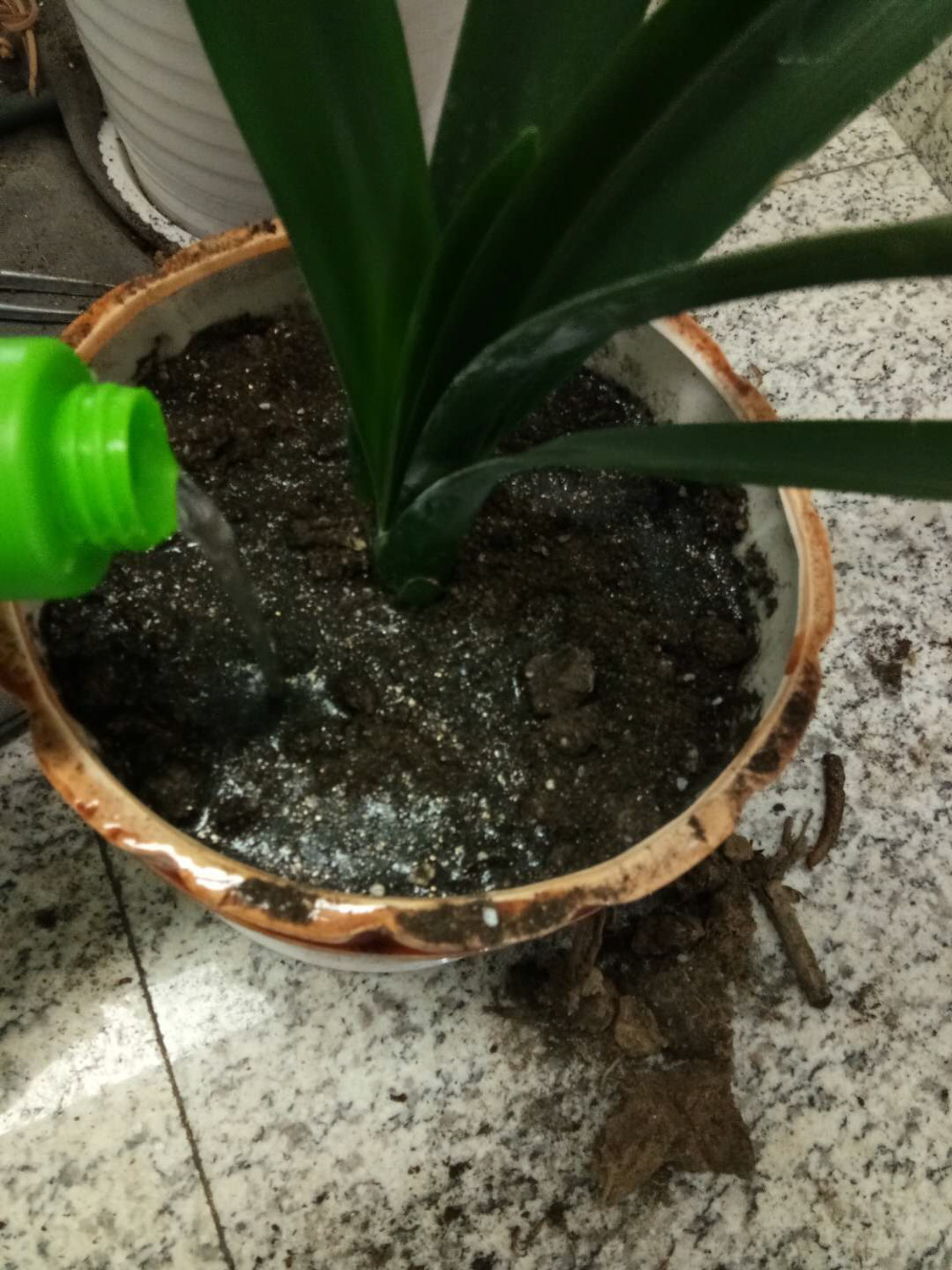
2. Clean the soil of the root system and observe the root system
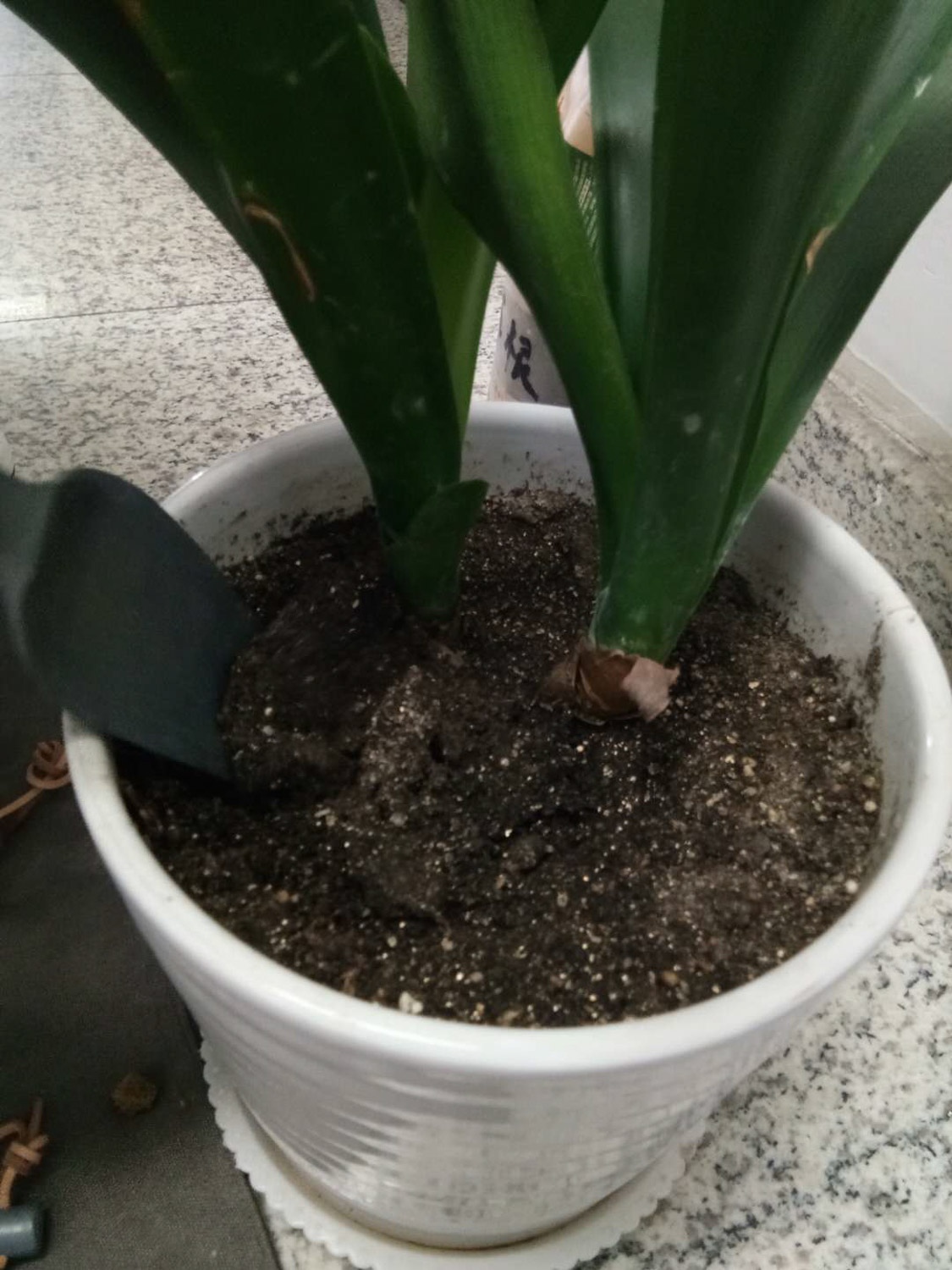
3. Break off the buds carefully, and it's best to take part of the root system, which can improve the survival rate
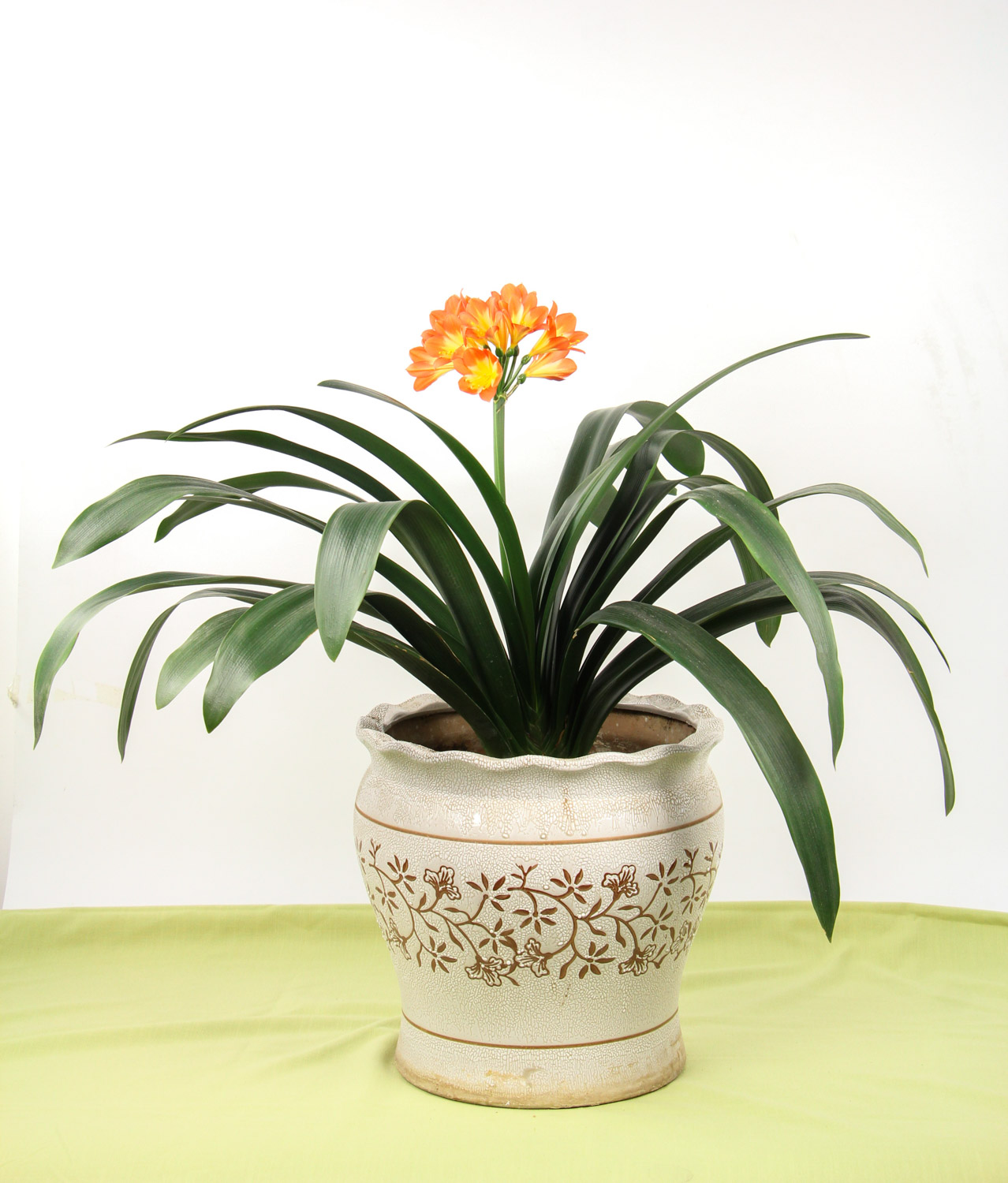
4. Clean up the roots and cut off the old roots, withered roots and rotten roots
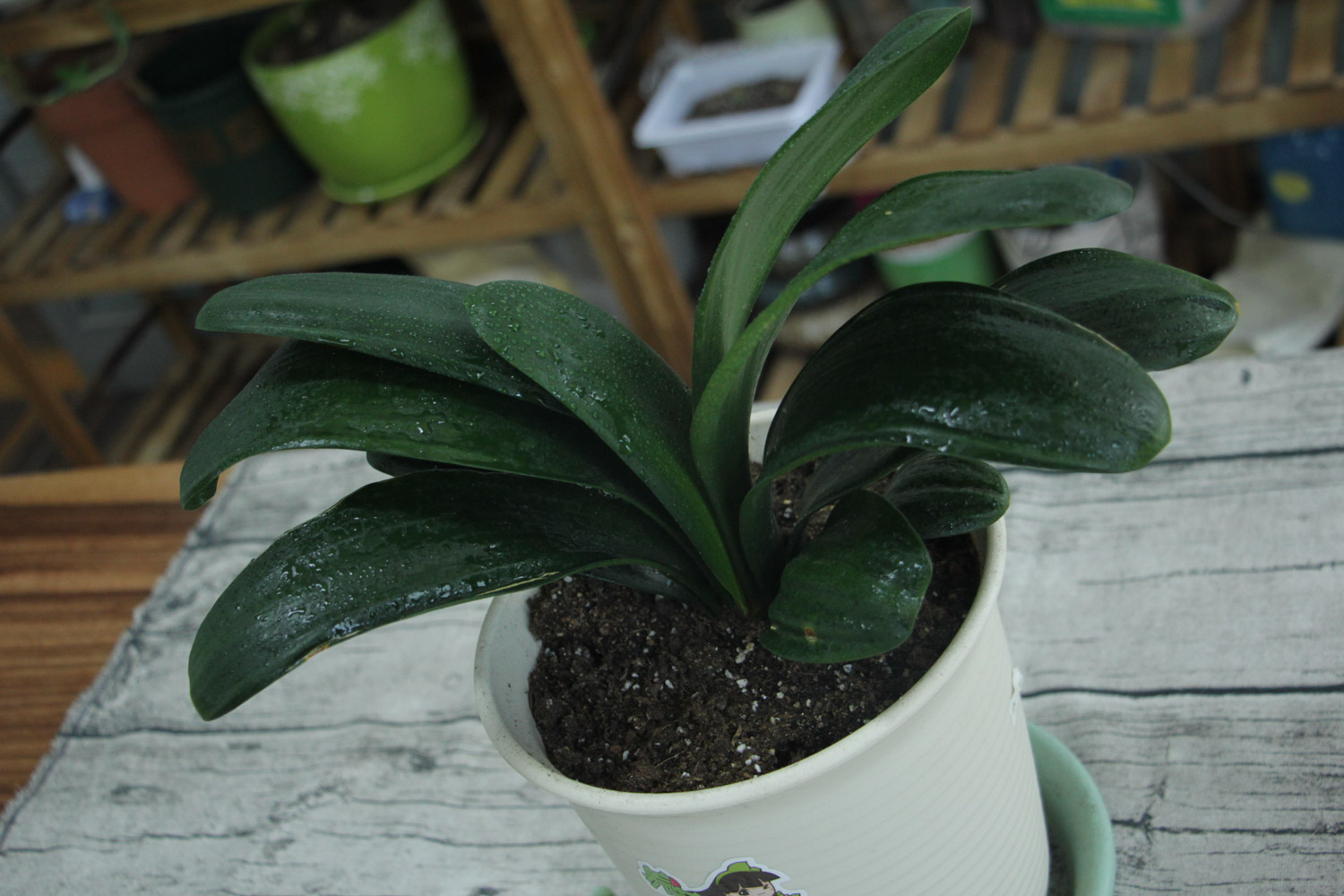
5. Soak the root of Clivia in carbendazim solution (carbendazim: water = 1:2000) for 20-30 minutes and disinfect
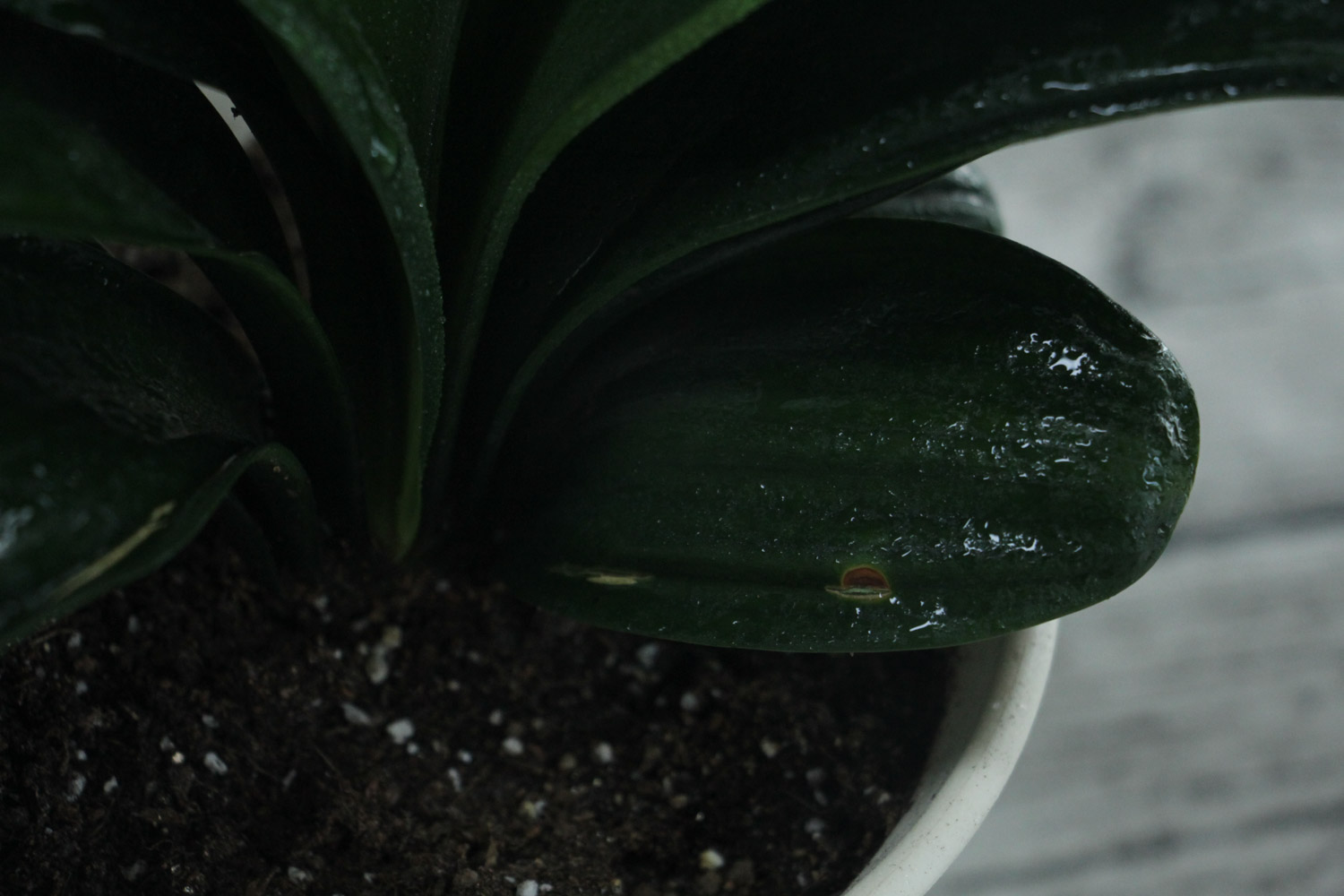
6. Then take out the Clivia and dry it in a cool and ventilated place. For safety, you can apply some carbendazim to the wound
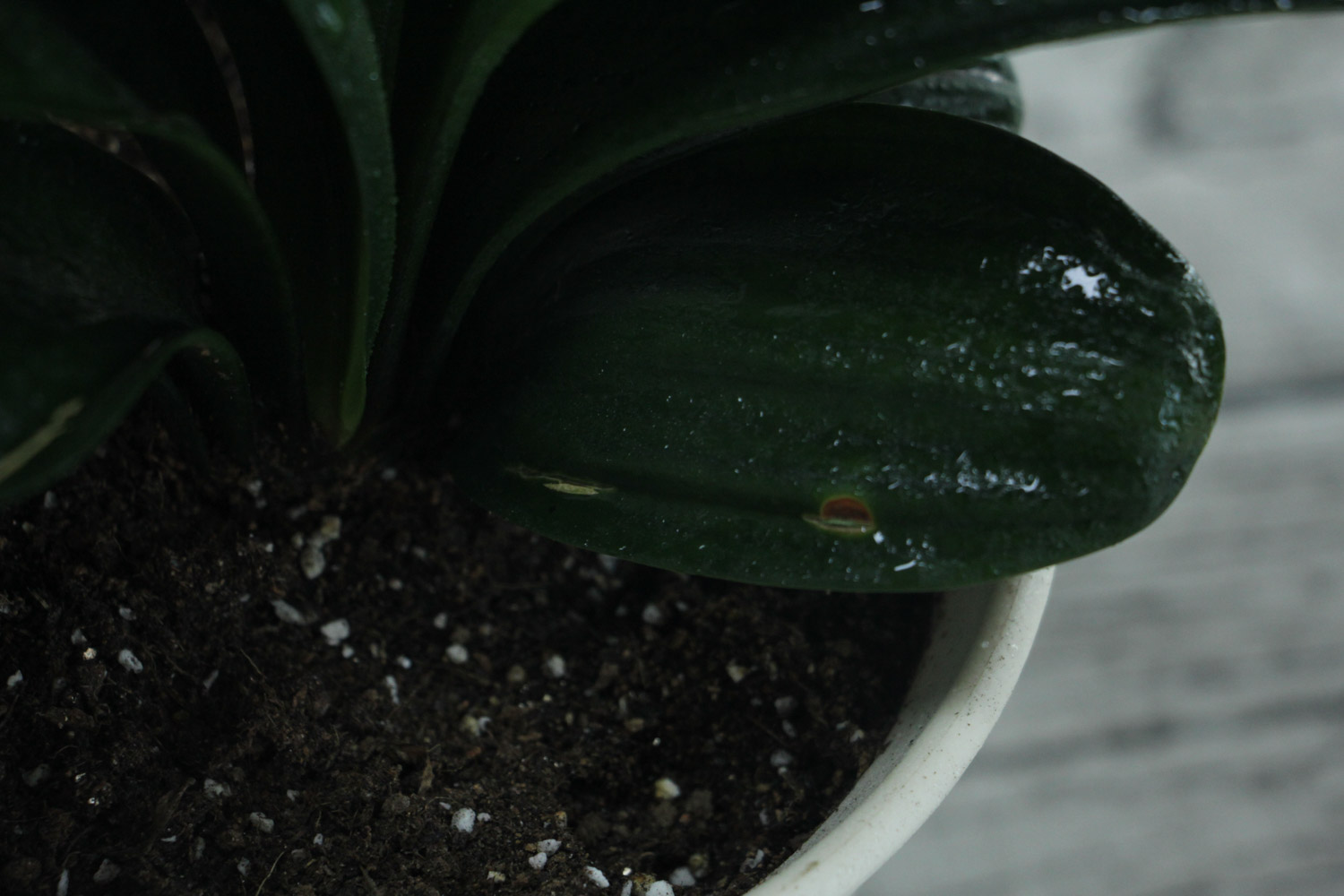
7. After the root is dried, it can be put into the basin again
Configure the basin soil according to the ratio of rotten leaf soil: pine needle soil: river sand = 3:2:1. For rootless buds, increase the proportion of sand
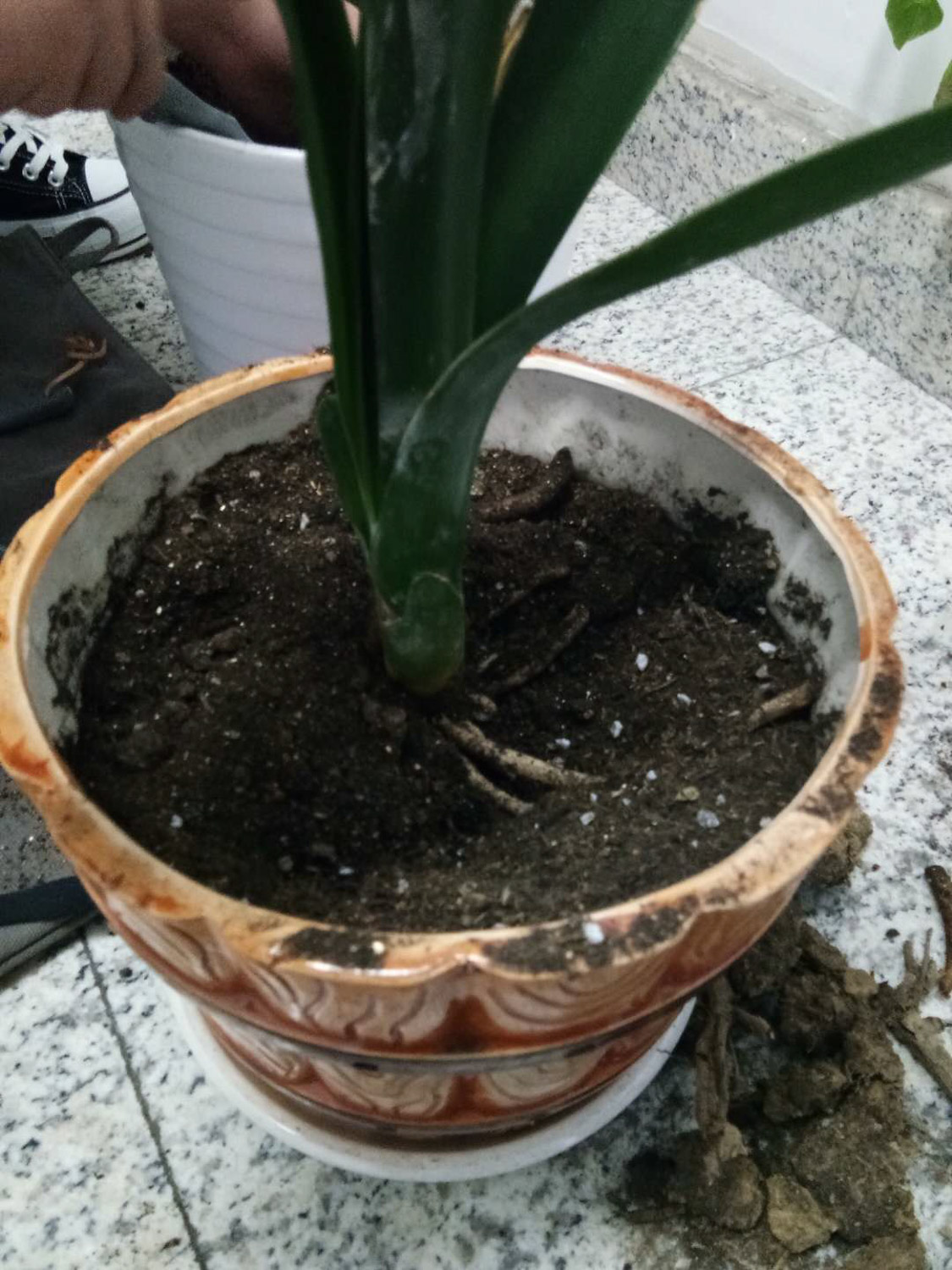
8. Water the pot until the water seeps from the permeable hole at the bottom of the pot
After that, put the Clivia in a cool and ventilated place. After the new leaves grow, they can be maintained normally
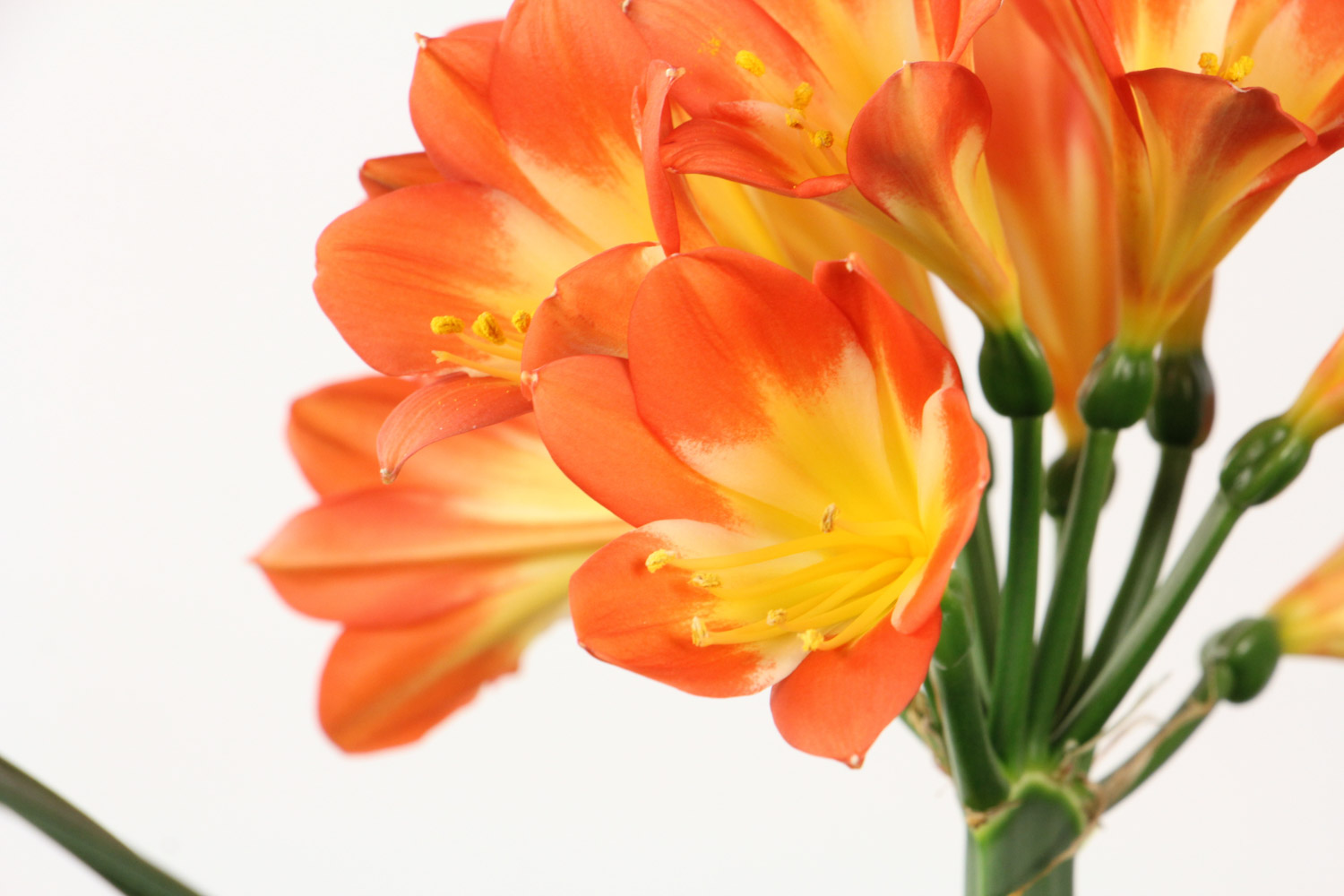
Autumn tiger
Autumn tigers in some areas have not yet become powerful, but they do not relax their vigilance
The key to dealing with autumn tiger is ventilation, so we must put Clivia in a well ventilated place


 how many times do yo...
how many times do yo... how many planted tre...
how many planted tre... how many pine trees ...
how many pine trees ... how many pecan trees...
how many pecan trees... how many plants comp...
how many plants comp... how many plants can ...
how many plants can ... how many plants and ...
how many plants and ... how many pepper plan...
how many pepper plan...


